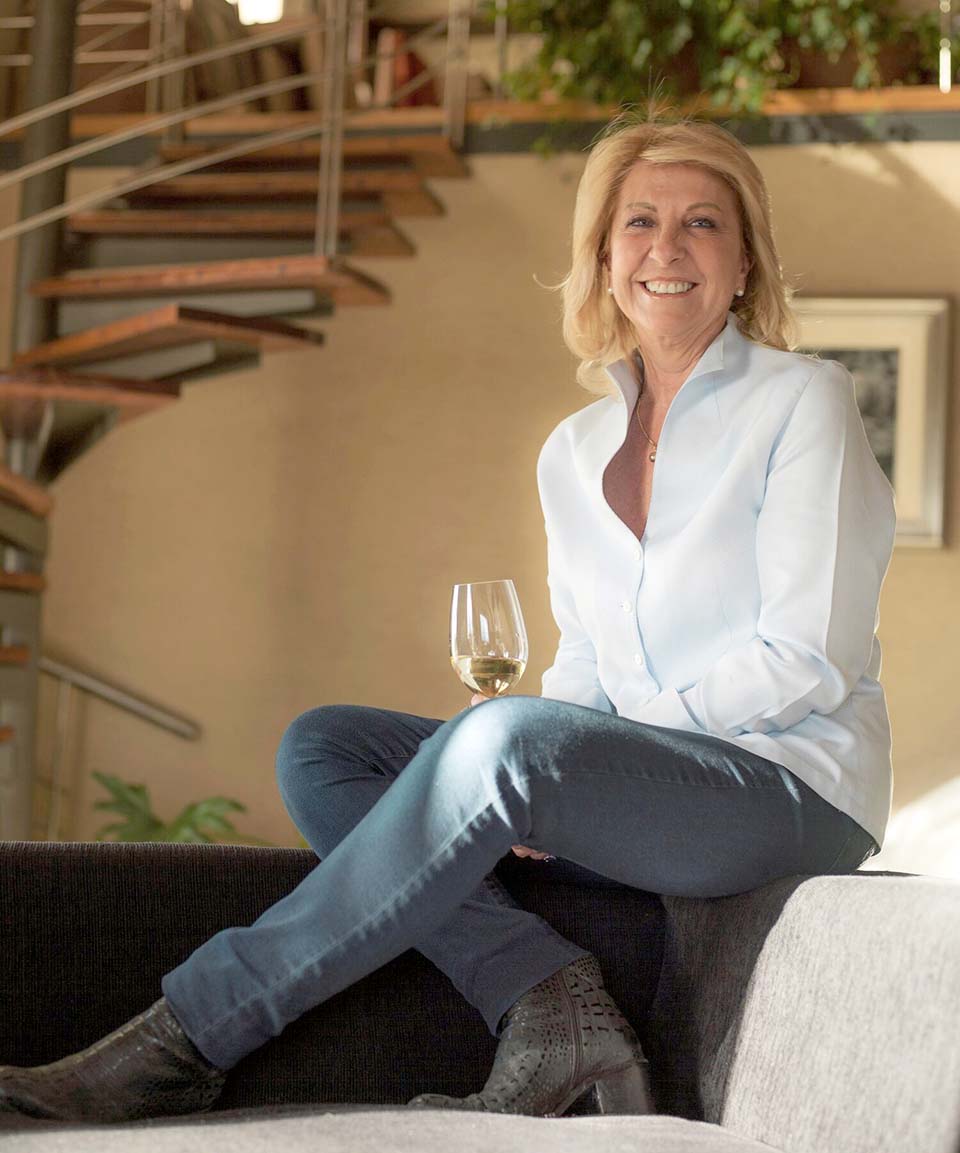
“The Queen of where?” I hear you mutter. Well, it’s not a place but a thing. A grape, to be more precise. But let’s start at the beginning, when the Spanish were busy colonizing South America during the sixteenth century. Or invading, if that term is more suited your perception of history.
One day in 1556, Father Juan Cedrón planted the first vines in Argentina. Wine was needed for Christian religious ceremonies and in case, even though it was probably rustic plonk, it was safer to drink than the local water. By the 19th century, wine had become a popular beverage in Argentina, though winemakers were generally more interested in quantity rather than quality. Almost all the vast quantities of wine produced there was consumed locally and, in any case, Argentinean wine had an unenviable reputation in Europe. Perhaps seeing the success of Chilean wines across the border, the Argentinean wine industry developed dramatically in the last decades of the 20th century and quality became paramount. The country began exporting wine in earnest during the 1990s and it’s now the largest wine exporter in South America. Father Juan Cedrón would never have guessed.
Two grape varieties have become associated with Argentina. Malbec vine cuttings were brought into the country from France during the mid-nineteenth century by the agronomist Michel Pouget. Malbec has now become one of Argentina’s national treasures; a rich, dark red wine with a plush texture and ripe tannins. The other grape variety is the fascinating Torrontés (tohr-ROHN-tayss), which under favourable conditions, produces fresh and fruity aromatic white wines with a smooth texture and moderate acidity. It’s thought that Torrontés could be an offspring of the ancient Muscat of Alexandria, one of the oldest grape varieties known to exist. There are three types of Torrontes grapes grown in Argentina and the best quality fruit is grown at surprisingly high altitudes.
But now, I must introduce you to a winemaker who has earned the nickname, “Queen of Torrontés”. It is Susana Balbo, born in Mendoza into a traditional family of grape growers. As a young adult, Susana chose to be a winemaker: an unconventional career for a woman at the time. In 1981, she graduated from Don Bosco University in Mendoza with a degree in oenology (the science and study of wine and winemaking) and became the first female oenologist in Argentina. She was hired to run the well-known Sucesión Michel Torino winery, a challenging task for any young female winemaker in a male-dominated industry. But there, through research, innovative work and experiment, she redefined Torrontés wine. Susana’s achievements brought admiration among her colleagues and in 1999, she took a leap of faith and founded her own winery. It became a resounding success and today, her company Susana Balbo Wines produces a range of high-quality and award-winning wines.
Crios Torrontés 2022 (white), Argentina Bt. 728 (+ VAT) @ Vines to Vino
The name Crios (it means “children” in Spanish) was chosen to symbolize Susana Balbo’s devotion to her own children. The wine is made from 100% Torrontés grapes, hand-harvested at vineyards in the Cafayete and Uco Valley regions, which lie at about five thousand feet above sea level in Mendoza province. The high-altitude, soil characteristics, climate and controlled irrigation make the region for wine grapes.
 This is a pale, almost transparent wine that looks bright in the glass. The pale greenish hue betrays its tender years. It has the typical Torrontés aroma that you would expect: a round, sweet and fulsome smell of peach, pomelo and lime. The wine smells sweet, but you’ll find that the taste is beautifully dry and crisp. It was aged for three months on the lees to develop body and favour, then matured in stainless steel tanks to preserve the freshness. The result is that the wine feels silky smooth on the palate with plenty of fruit and a touch of stony minerals. You might even pick up hints of white pepper and orange marmalade.
This is a pale, almost transparent wine that looks bright in the glass. The pale greenish hue betrays its tender years. It has the typical Torrontés aroma that you would expect: a round, sweet and fulsome smell of peach, pomelo and lime. The wine smells sweet, but you’ll find that the taste is beautifully dry and crisp. It was aged for three months on the lees to develop body and favour, then matured in stainless steel tanks to preserve the freshness. The result is that the wine feels silky smooth on the palate with plenty of fruit and a touch of stony minerals. You might even pick up hints of white pepper and orange marmalade.
And in case you’re wondering, the “lees” are composed mostly of dead yeast cells that gradually settle on the bottom of the fermentation vessel. Keeping young wine in contact with the lees, which are eventually discarded, is a common technique to bring roundness and depth to the flavour. The French call this process sur lie, which translates simply to “on the lees.”
At 13% ABV, there’s a pleasing balance of medium acidity and a long, dry finish. Susana Balbo and her team have crafted an elegant wine which is beautifully focused and would make a splendid drink for the summer months. It also has something to say – if you “listen” to the taste. Because of its sweet floral aromas, Torrontés is an ideal wine to match with Asian and Indian cuisine. The makers suggest that you could pair it with seafood, mild Asian food and white meats. It would be fine with crab and fish, salads, citrus or even creamy desserts. On the other hand, it makes a perfect and satisfying drink on its own. This really is a splendid wine, so do give it a try if you want to try something a little bit different.





